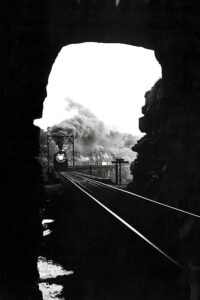
Like trilobites and brachiopods, the paper carcasses of 19th-century railroads seem forever locked away in the sediments of corporate archives and government files. They fill the pages of old Official Guides and Poor’s Manual of the Railroads by the hundreds. Nearly all of them are dormant — but some are not.
Consider the case of the Cincinnati Southern Railway, a carrier I’m guessing many readers never heard of. It was created in 1869 by the city of Cincinnati to tap into resources of the surging South, building in fits and starts southwestward 337 miles until it reached its destination, Chattanooga, in 1880. It gave the city an alternative to the Louisville & Nashville. At the time, it was the largest municipally owned railroad in the country.
The old CSR has been in the news recently, now that Cincinnati has decided to sell the railroad to lessee Norfolk Southern for $1.6 billion, subject to various state, local, and Surface Transportation Board approvals. The arrangement already had NS paying Cincinnati approximately $20 million each year. Now the city will get it all in one lump sum, targeted, they say, for further infrastructure improvements.
Actually, you’ve likely known about the Cincinnati Southern all along, except by another name: Cincinnati, New Orleans & Texas Pacific, created by English investors in 1881 to assume the line under lease and extend it all the way to New Orleans, as well as to Meridian, Miss., and Shreveport, La. In turn, CNO&TP was absorbed by the Southern Railway in 1893, then folded into NS upon its creation via merger with Norfolk & Western in 1982.
Along the way, a major stretch of the railroad became famous — or infamous — as CNO&TP’s Second District, a tortuous line cursed with 27 tunnels, uncountable curves, and steep grades. Southern largely fixed the problems between 1959 and 1963, when massive line relocations allowed SR to bypass most of the tunnels. NS has continued to make improvements, including a major double-tracking project in Kentucky in 2013.
Author Michael Iden memorably nailed the popular identity of this railroad in the April 1976 issue of Trains, when he reported on riding a Southern hotshot freight nicknamed the “Beagle.” In his introduction, written from the perspective of 1940, Iden wrote: “Train crews seldom refer to the district by its official name, for they know it from choking tunnels, the almost-too-big 2-8-2s that plod over these Cumberland Mountain grades, and the human endurance required to coax trains between terminals. Out of their experience they have christened this line the Rathole Division.”
The Rathole. Was there ever a better name for a stretch of nasty railroad? I find it fascinating that for more than a century, all those Southern passenger trains and Mikados and Geeps and all those Norfolk Southern coal trains and double-stacks traipsing over the Rathole were riding track owned by a railroad born the same year Union Pacific and Central Pacific met at Promontory.
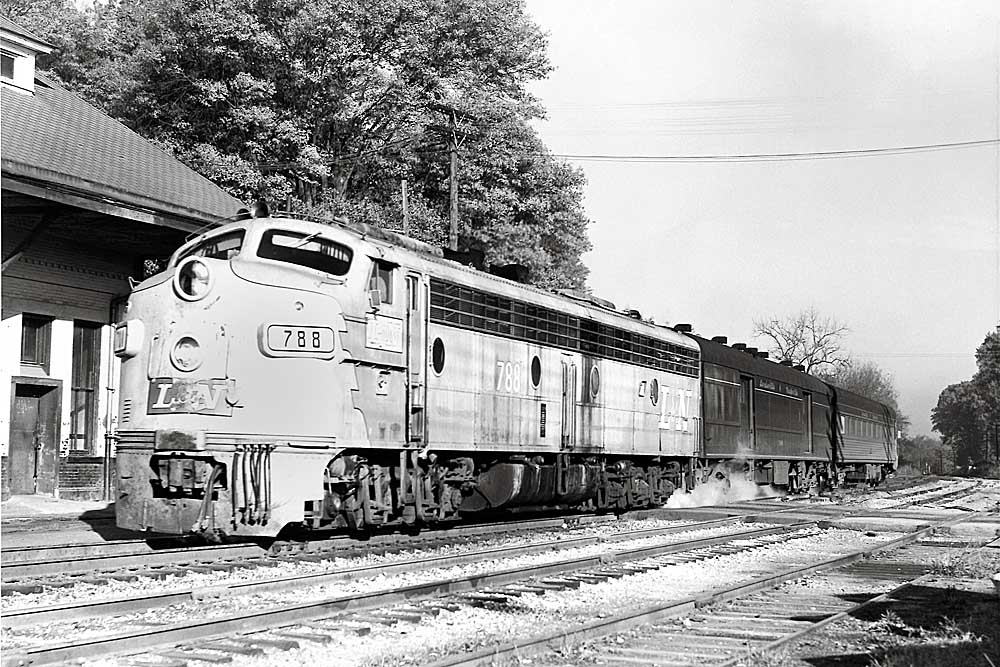
There are at least two other ancient paper railroads worth mentioning. One is steeped in Civil War history: the Western & Atlantic. Yes, the very name that adorned the tenders of 4-4-0 locomotives General and Texas when they dashed north toward Chattanooga on April 12, 1862, after the former was commandeered by Union spy James Andrews and his raiders. The Great Locomotive Chase, as it came to be known, spawned a Disney movie, several museum exhibits, and numerous markers along the 138 miles of W&A now operated under lease by CSX.
That’s right, like the Cincinnati Southern, the Western & Atlantic still exists as an entity, this time owned by the state of Georgia. Organized in 1837, the railroad is inextricably bound up in the history of both Georgia and Atlanta, including the city’s celebrated “Zero Mile Post,” a stone marker displayed at the Atlanta History Center along with the beautifully restored Texas. Operation of the W&A via lease has seen several tenants over the years, from Nashville, Chattanooga & St. Louis to Louisville & Nashville to today’s CSX. Under a 2018 renewal of the its lease, CSX is paying the state upwards of $1 million per year.
If you chase CSX’s W&A Subdivision today along U.S. 41, you’ll find plenty of reminders of the original Western & Atlantic, starting with the General, displayed as a sacred artifact at the Southern Museum of Civil War and Locomotive History in Kennesaw, Ga. Kennesaw, you might recall, was formerly known as Big Shanty, the place where the Andrews Raiders first ran off with the General. Outside the museum, you’ll hear the rumble of at least a dozen CSX freights over the course of a day; CSX sends most of its tonnage between Nashville and Florida via Birmingham, but the W&A retains enough to keep its mainline status.
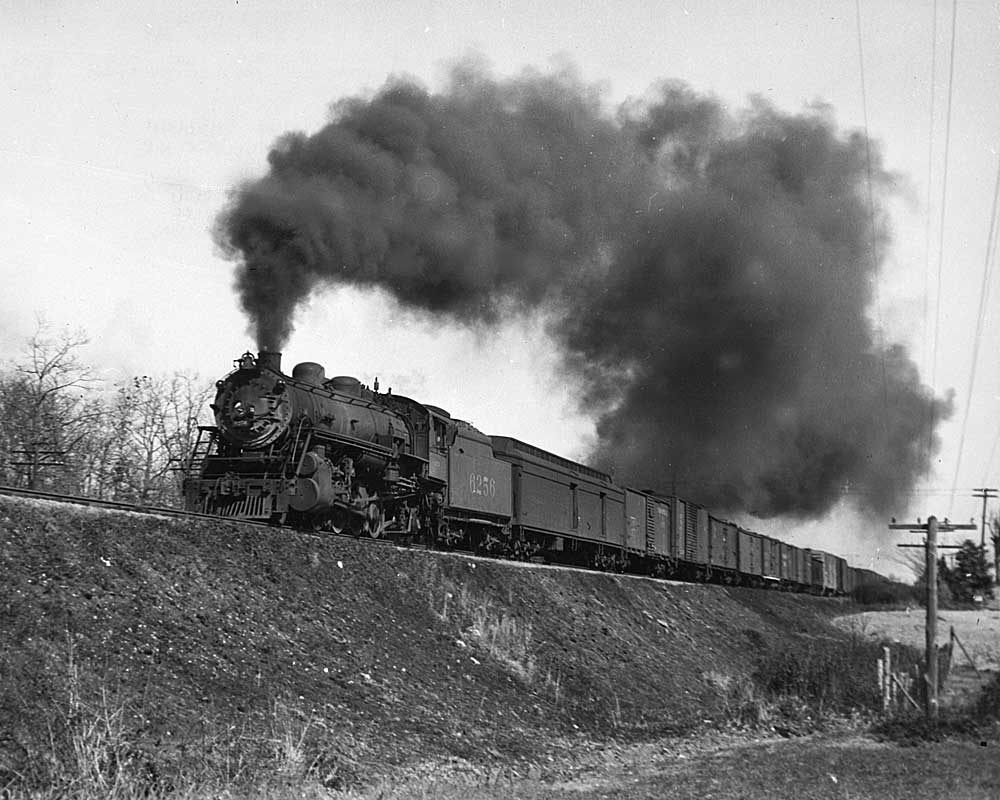
For a third 19th-century paper railroad, we go back to Norfolk Southern, which leases the 317 miles of the North Carolina Railroad, incorporated by the state legislature in 1849. The railroad crosses the Tar Heel State in a west-to-east arc linking Charlotte with Morehead City. From the first shovel full of dirt lifted in 1851 in Greensboro to the completion of the last mile in 1858, the NCR was a classic antebellum railroad.
The NCR’s earliest lessee was the Richmond & Danville, later conveyed to successor Southern Railway, and in recent years it’s been NS, running an important freight artery that carries more than 1 million carloads annually. Recent renegotiations between NS and the state have relegated NS to basically a trackage-rights agreement, so deep down in the ballast it’s still very much the North Carolina Railroad.
What really sets NCR apart from the other similar railroads is its status as a passenger corridor. The line sees a dozen Amtrak and state-sponsored trains each day, most prominently the six daily Piedmonts between Raleigh and Charlotte, featuring the state’s own rolling stock and locomotives. Other services include a portion of the daily Carolinian’s Charlotte-New York route, plus a share of the daily Crescent and Silver Star.
Digging into the history of these old “paper” railroads has been an eye opener. I wouldn’t be surprised to learn there are other examples, especially from the world of short lines. If nothing else, the existence of the Cincinnati Southern, the Western & Atlantic, and the North Carolina Railroad show that novelist William Faulkner had a great point: “The past is never dead. It’s not even past.”






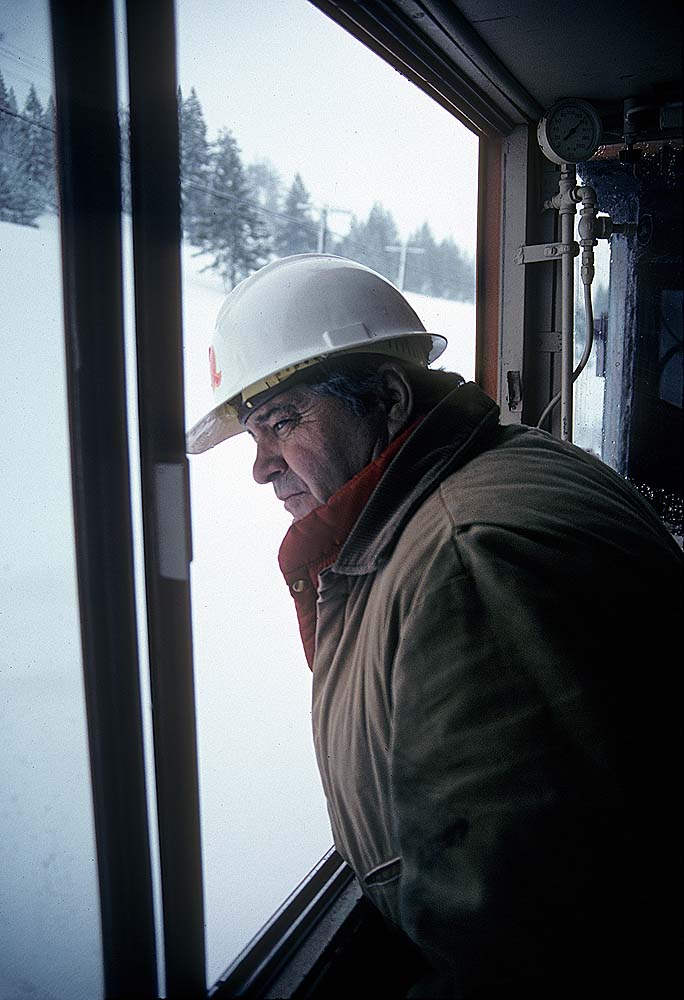
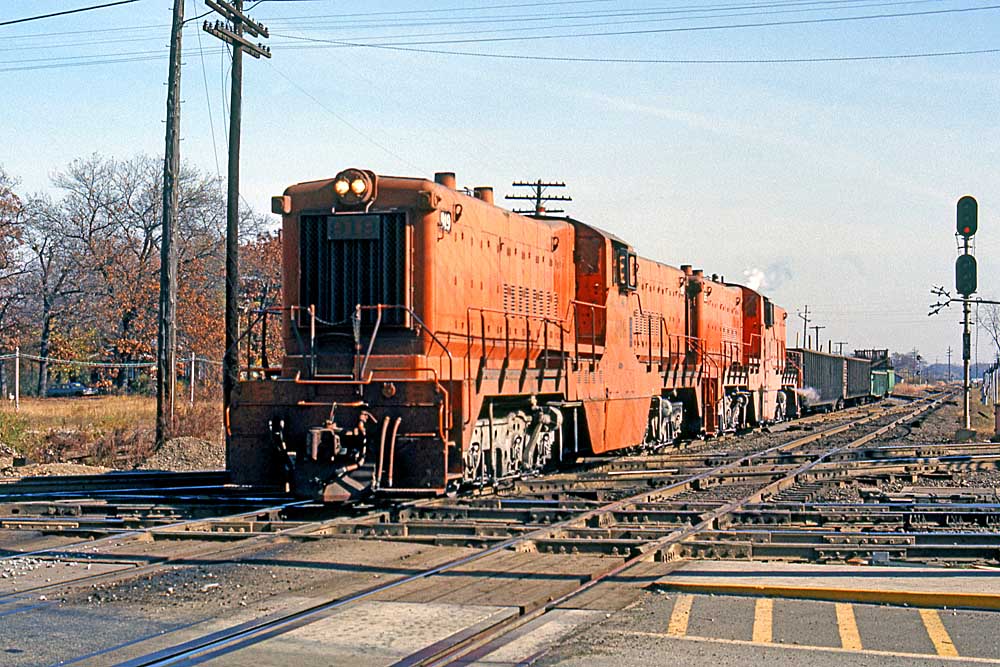
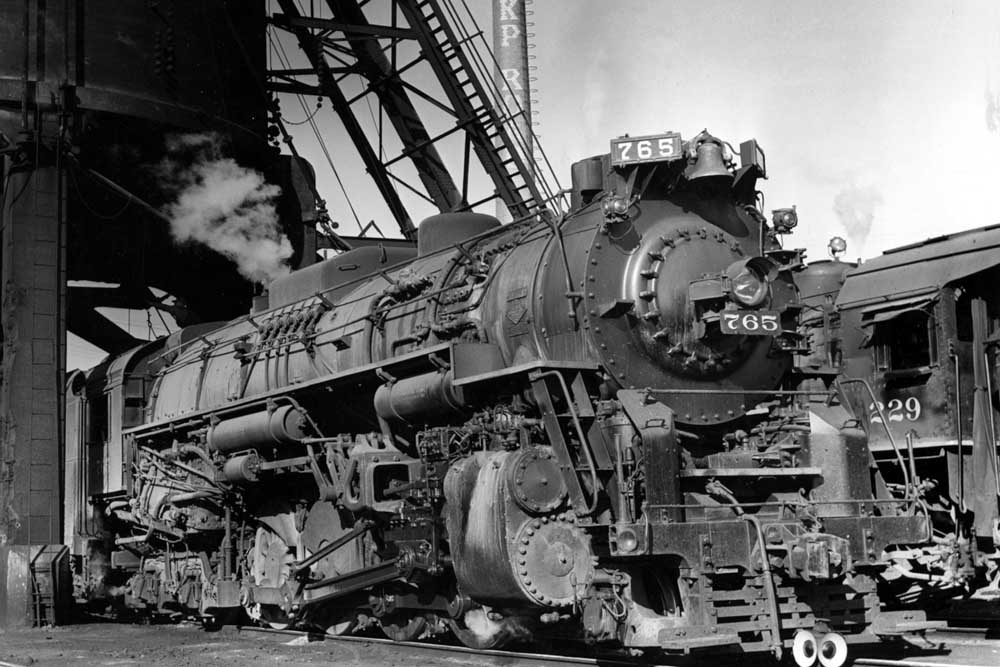
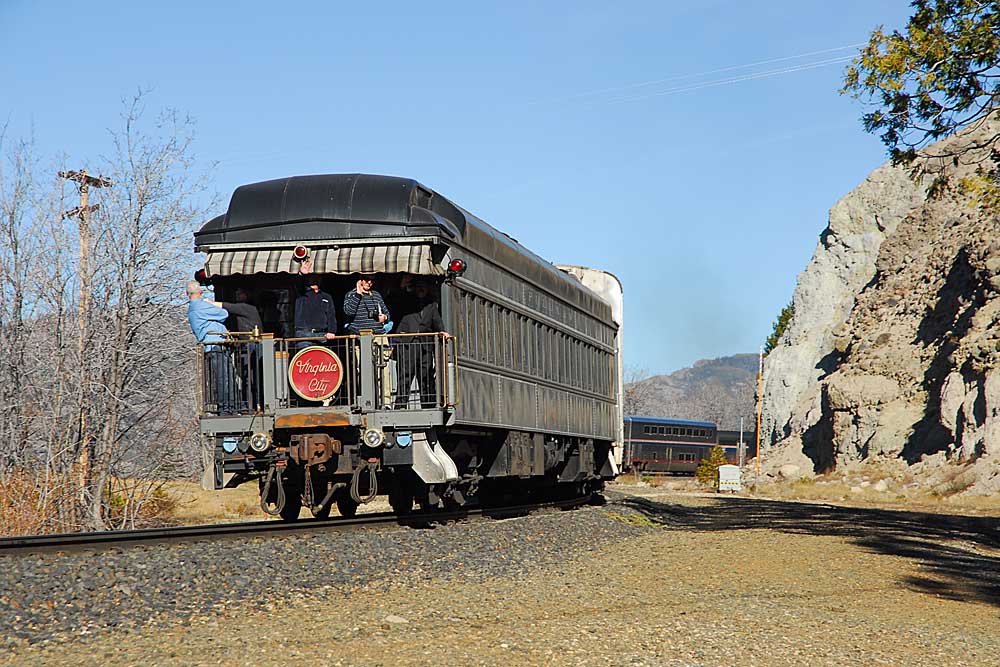




Great article Kevin, I remember very well the General movie and we had heard about the great Locomotive chase, saw it at movie theater and later on TV. Had no idea W&A still existed The other 2 I do not know. Mary S.
As for names, don’t forget the Corkscrew [Sub]Division of the Rutland Railroad, its line from Bennington VT to Chatham NY. Literally shaped like a corkscrew and phased out and abandoned in 1952-3 in favor of trackage rights over the B&M and the B&A. There ARE photos of a Diesel-powered passenger train, an employee extra, on the line!